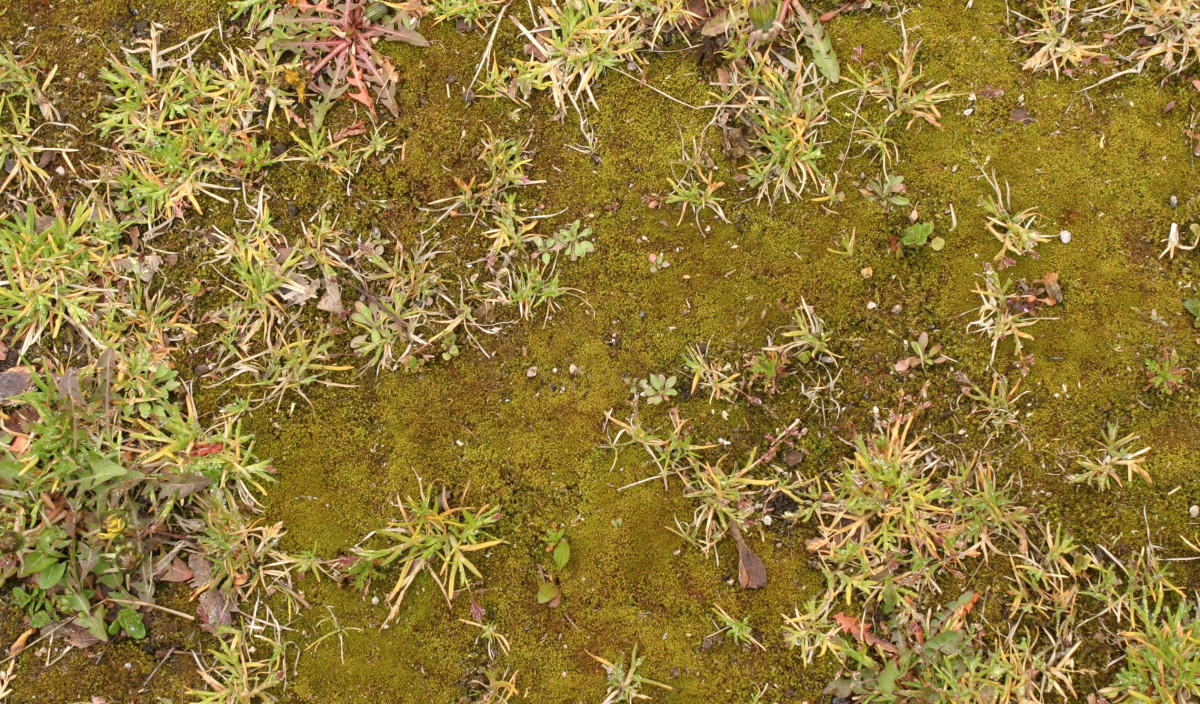Solve problems in and around your home.
Start Problem Solver

Acidic lawn soil encourages many weeds, restricts the lawn grasses ability to absorb certain nutrients and can negatively affect your lawn's overall health.
Acidity is measured by pH. pH below 7 is acidic and above 7 is alkaline. While fine fescues prefer pH of low acidity down to 5.5 most lawn grasses prefer neutral pH between 6.5 and 7.0. Acidic soil may cause deficiency of calcium, magnesium and phosphorous in lawn grass. This will show as pale weedy lawn grass.
Soil test kits and meters are available for checking the soil pH.
Raising soil pH and improvement of soil condition can be accomplished by addition of lime to the soil. Lime has a high pH and will 'sweeten' the soil by raising the pH. Kiwicare LawnPro 7-Day-Green is 70% lime. The lime neutralises the acidic soil and helps release nutrients that the lawn grass may be deficient in. Raising the pH also helps to control acid loving weeds such as moss, hydrocotyleand shepherd's purse.
After the pH has been corrected you should repair any bare patches of lawn by applying:
Acid loving weeds in lawns are controlled by applying LawnPro Prickle and Hydrocotyle and LawnPro Mossclear.
Lime should not be added to lawns unless the soil pH is below 6.0. Liming neutral to high pH lawns can lead to chlorosis, general weakening of grass plants, and eventual death.

LawnPro Smart Lawn Seed with Aqua Gel Technology is guaranteed to grow! Suitable for Full Sun, Shade, Patches a…

Thatch is the dense spongy layer at the base of your lawn made up of tightly interwoven or compacted stems, leav…

LawnPro Lawn Thickener is an innovative product for easy application of lawn seed and nutrients to lawns to help…